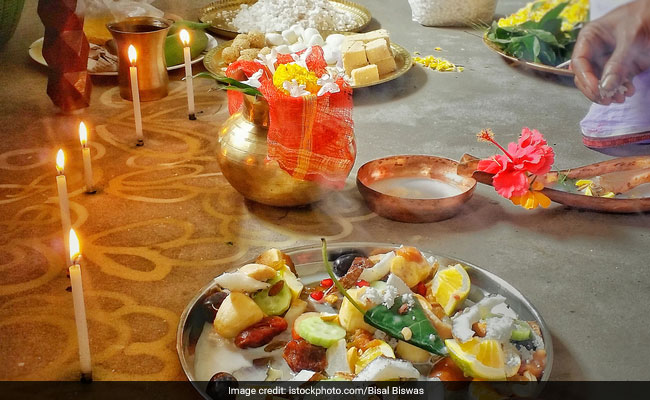Basant Panchami is celebrated on the fifth day of Maagh (a month in the Hindu calendar) each year and is celebrated in ways unique to each community. The word 'Basant' means spring and 'Panchmi' denotes the fifth day on which the festival falls.
Comments
Bengalis choose this auspicious day to introduce their toddlers to reading and writing on this day. Little children are made to write their first letters on a slate with adult supervision in front of the idol of Goddess Sarsawati. Students keep their notebooks, pens and educational items near the statue of Goddess Saraswati and distribute sweets among the devotees, in the afternoon everybody proceeds towards delicious bhog that has Khichdi, mixed vegetable and festive favourite Payesh. Many schools organise cultural events to celebrate the festival.Some communities also do Pitr-arpan as a mark of respect and to call for peace for departed souls. The God of love, Kamadeva is also worshipped on this day. In Punjab, people deck up in bright yellow coloured clothes, fly kites and relish on Meethe Chawal or sweet rice. The colour yellow is symbolic of the vibrance of spring. After braving through the harsh winters, people welcome the spring donning the brightest colour of nature - yellow. People also offer yellow flowers and yellow sweets. Kesar halwa, sweet rice garnished with saffron is popularly prepared in households.
The beautiful festival marks the onset of spring. Spring is considered to be the greatest of all seasons in the Indian culture. Free from the scorching heat and the cold bites or dodgy rains, it is in the spring that plants and trees blossom with beautiful flowers and fresh fruits. Here's wishing you a hearty spring and a beautiful Basant Panchami 2018 to all of you!












